Optimism SuperStacks Campaign Analysis: Progress, Predictions, and Partnership Opportunities
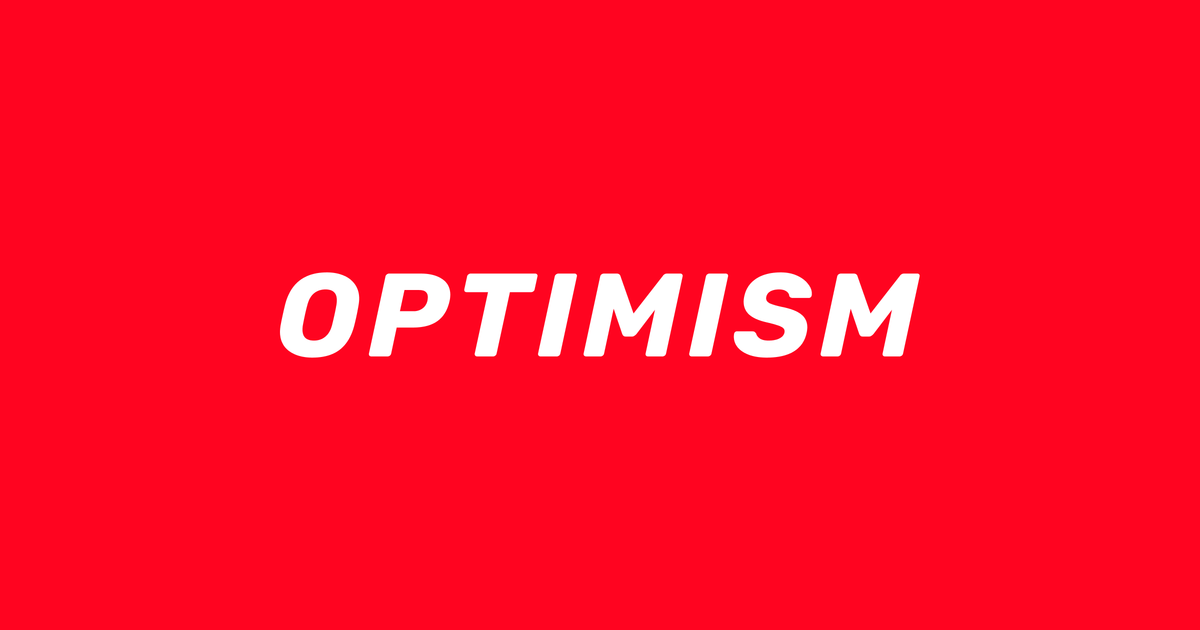
The Optimism SuperStacks campaign has become a significant initiative within the Optimism Collective, which aims to reward public goods and support sustainable growth for Ethereum Layer 2 (L2) solutions. This analysis reviews the campaign’s progress, evaluates its future potential, and explores strategic partnership opportunities—particularly with Mitosis and its Ecosystem-Owned Liquidity (EOL) model, including preferential boost programs. Drawing on data-driven insights and campaign performance, this piece offers a clear view of the campaign’s current impact and evolving trajectory.
1. Progress Evaluation of the SuperStacks Campaign
As part of Optimism’s broader mission to fund public goods through mechanisms like Retroactive Public Goods Funding (RetroPGF), the SuperStacks campaign incentivizes community participation, increases transparency, and promotes sustainable DeFi solutions within the L2 ecosystem.
Key Achievements
RetroPGF has enabled impactful initiatives, such as Ethereum México, to organize events and offer free educational courses, illustrating the practical value of public goods funding. The campaign has proven effective in highlighting projects that may otherwise remain underfunded, allowing grassroots developers and educators to reach wider audiences.
Community sentiment and discussion across multiple platforms indicate strong support for the campaign’s data-driven approach and commitment to transparency. This momentum reflects a broader demand for sustainable infrastructure and funding models in decentralized ecosystems.
SuperStacks has accelerated the use of Optimism’s Layer 2 infrastructure by rewarding developers and users who engage with its low-cost, scalable solutions. This supports the creation of a self-sustaining public goods funding ecosystem while contributing to the decentralization and resilience of Ethereum’s broader network.
Challenges Observed
Like many incentive-based programs, accurate fund distribution remains a challenge. Ongoing refinement is needed to ensure RetroPGF reaches projects that generate the highest impact, particularly those building foundational public goods or serving underrepresented communities.
While there is evident engagement from technical and active community members, the campaign could benefit from reaching less active groups, including non-technical users and smaller DeFi projects. Broader outreach would improve inclusivity and better reflect the diversity of use cases within Optimism’s ecosystem.
2. Post-Campaign Predictions
With SuperStacks laying the groundwork for more sustainable DeFi and public goods strategies, future iterations are expected to build on this foundation.
Forecasted Trends
Campaign momentum and the continuing high transaction costs on Ethereum’s mainnet are likely to drive a 20–30% increase in user activity on Optimism-based projects over the next year. These conditions incentivize developers and users to adopt L2 solutions that offer greater efficiency and affordability.
The RetroPGF model may see adoption across other L2 ecosystems. Optimism itself could allocate over $100 million annually to support high-impact projects by 2026. This trend suggests RetroPGF may become a core funding mechanism for decentralized infrastructure beyond Optimism.
The campaign’s focus on transparency and responsiveness is likely to shape future DeFi tools that are more closely aligned with user needs and feedback. Tailored solutions, grounded in community data, are expected to drive a new wave of ecosystem innovation.
Potential Risks
As with all DeFi campaigns, broader market downturns could affect participation rates and funding availability. Resilient strategies and adaptable funding models will be essential for long-term sustainability.
Other Layer 2 solutions, such as Arbitrum or zkSync, could adopt similar public goods funding models. Continuous improvement, technological differentiation, and ecosystem collaboration will be necessary to maintain leadership and developer loyalty.
3. Strategic Recommendations
To strengthen outcomes and adapt to changing conditions, Optimism may consider the following approaches:
- AI-Driven Optimization: Use machine learning and analytics to refine targeting, resource allocation, and impact assessment across RetroPGF funding rounds.
- Expanded Education Initiatives: Scale current educational efforts to onboard new developers and users, building long-term engagement and platform loyalty.
- Dynamic Feedback Systems: Maintain real-time monitoring of community feedback across multiple platforms to identify evolving needs and refine engagement strategies.
- Diversity and Inclusion: Integrate more inclusive grant structures that support marginalized and emerging communities, broadening the scope of impact across geographies and user types.
4. Partnership Opportunities: Mitosis, EOL, and Boost Programs
Mitosis, through its Ecosystem-Owned Liquidity model and ongoing Expedition campaign, represents a strong opportunity for strategic alignment with Optimism.
Rationale for Collaboration
Both projects emphasize community-driven financial systems. Mitosis focuses on reducing reliance on volatile liquidity incentives by providing programmable, ecosystem-owned liquidity—a mission that echoes Optimism’s focus on creating lasting, self-sustaining DeFi infrastructure.
The miAsset system used by Mitosis allows users to securely bridge assets to L2 rollups while earning yield. This could seamlessly integrate with Optimism’s infrastructure to increase activity and user retention, especially for dApps needing stable, native liquidity sources.
Mitosis’s referral bonuses and badge rewards could complement Optimism’s RetroPGF model by encouraging specific behaviors, such as governance participation, long-term holding, and technical contributions.
Partnership Opportunities
- Joint RetroPGF Initiatives: Co-fund DeFi projects that use the EOL model to provide liquidity for dApps on Optimism, aligning impact-driven capital allocation with innovative liquidity strategies.
- Co-Branded Campaigns: Launch integrated campaigns that combine incentive structures from both ecosystems, such as MITO Points and RetroPGF rewards, to attract developers and liquidity providers.
- Community Cross-Promotion: Use shared communication channels and coordinated messaging to amplify reach, explain synergies, and boost ecosystem-wide trust and visibility.
5. Evolving Governance and Ecosystem Stewardship
A key area for growth lies in how governance systems evolve within the Optimism Collective. While RetroPGF has successfully introduced a novel funding mechanism, the long-term resilience of these efforts depends on accountable, transparent, and inclusive governance.
Strengthening governance may include delegating more decision-making authority to subcommittees or working groups, particularly for thematic areas such as education, infrastructure, or DeFi development. These groups can operate semi-autonomously, drawing on data and community input to guide fund allocation more effectively.
Moreover, building interoperability between Optimism’s governance framework and those of aligned projects, like Mitosis, can enhance coordination. Shared governance initiatives—such as cross-protocol voting, joint funding decisions, or collaborative proposal reviews—can ensure alignment of incentives across ecosystem actors.
By evolving toward more agile and transparent governance, Optimism can mitigate risks of centralization or misallocation, reinforcing its commitment to open public goods funding.
6. Implementation Considerations
Collaboration on bridging solutions and batch transaction systems will require close coordination and ongoing testing to ensure compatibility between infrastructures. Integrating Mitosis and Optimism workflows can be done in phases, starting with pilot initiatives to validate demand and optimize execution.
Transparent communication, including joint AMAs and governance proposals, can align both communities on shared goals and values. Early feedback loops are crucial to avoiding misalignment and securing community buy-in.
Designing boost and rewards programs with scalability in mind is essential. Predictive analytics and A/B testing can fine-tune reward structures to ensure long-term sustainability without diluting impact.
Conclusion
The Optimism SuperStacks campaign has made meaningful progress in funding public goods and advancing Layer 2 adoption within Ethereum. With measurable impact through RetroPGF, rising participation, and a commitment to transparency, Optimism is well-positioned to continue leading L2 innovation.
Looking ahead, partnerships with projects like Mitosis—particularly through the EOL model and dynamic incentive programs—offer an opportunity to further scale impact. Evolving governance practices and interoperable stewardship models can help solidify these gains, ensuring alignment across initiatives. Together, these approaches can reshape how decentralized ecosystems fund and sustain public infrastructure, driving lasting value for developers, users, and communities.
Sources

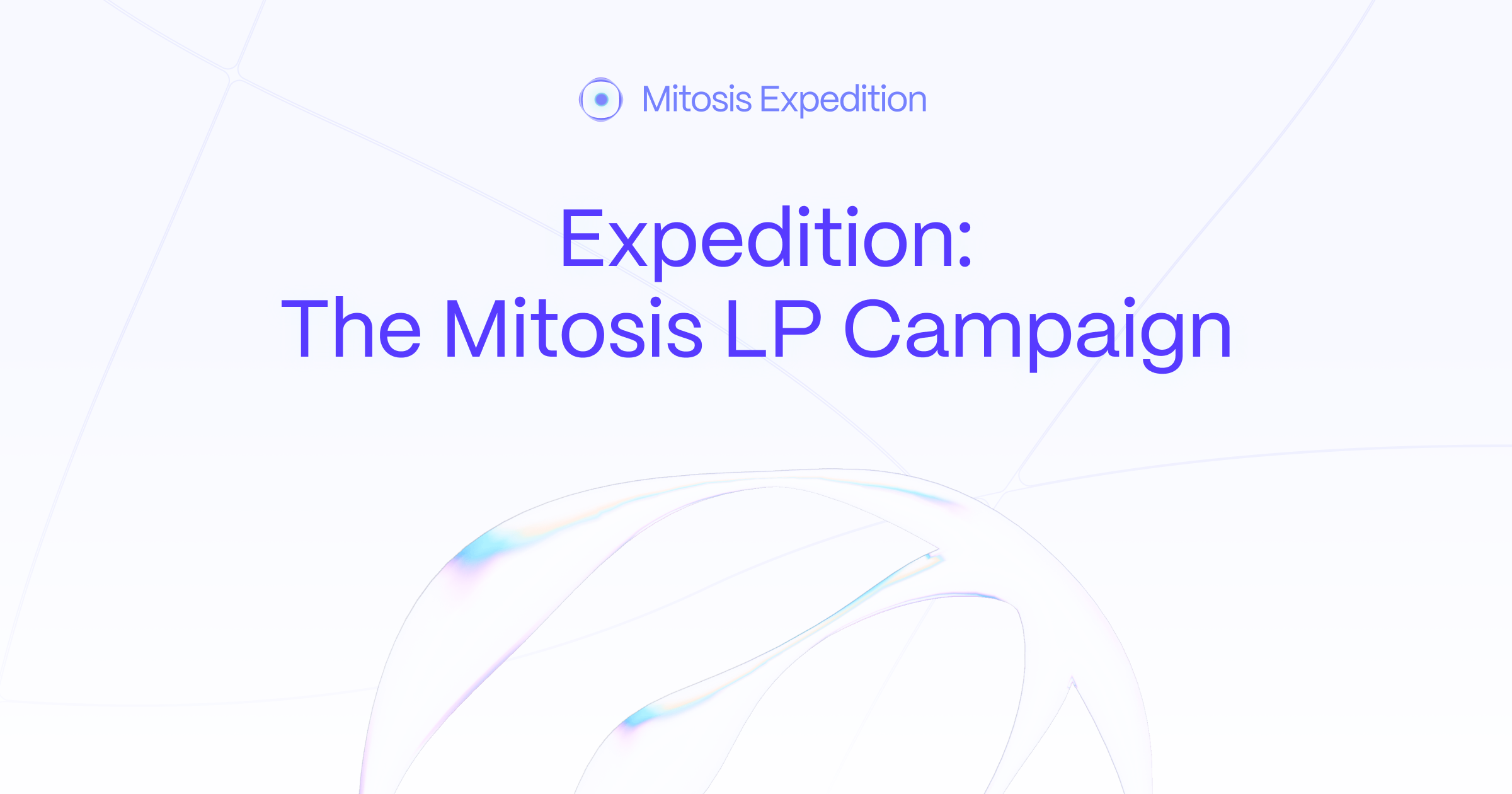
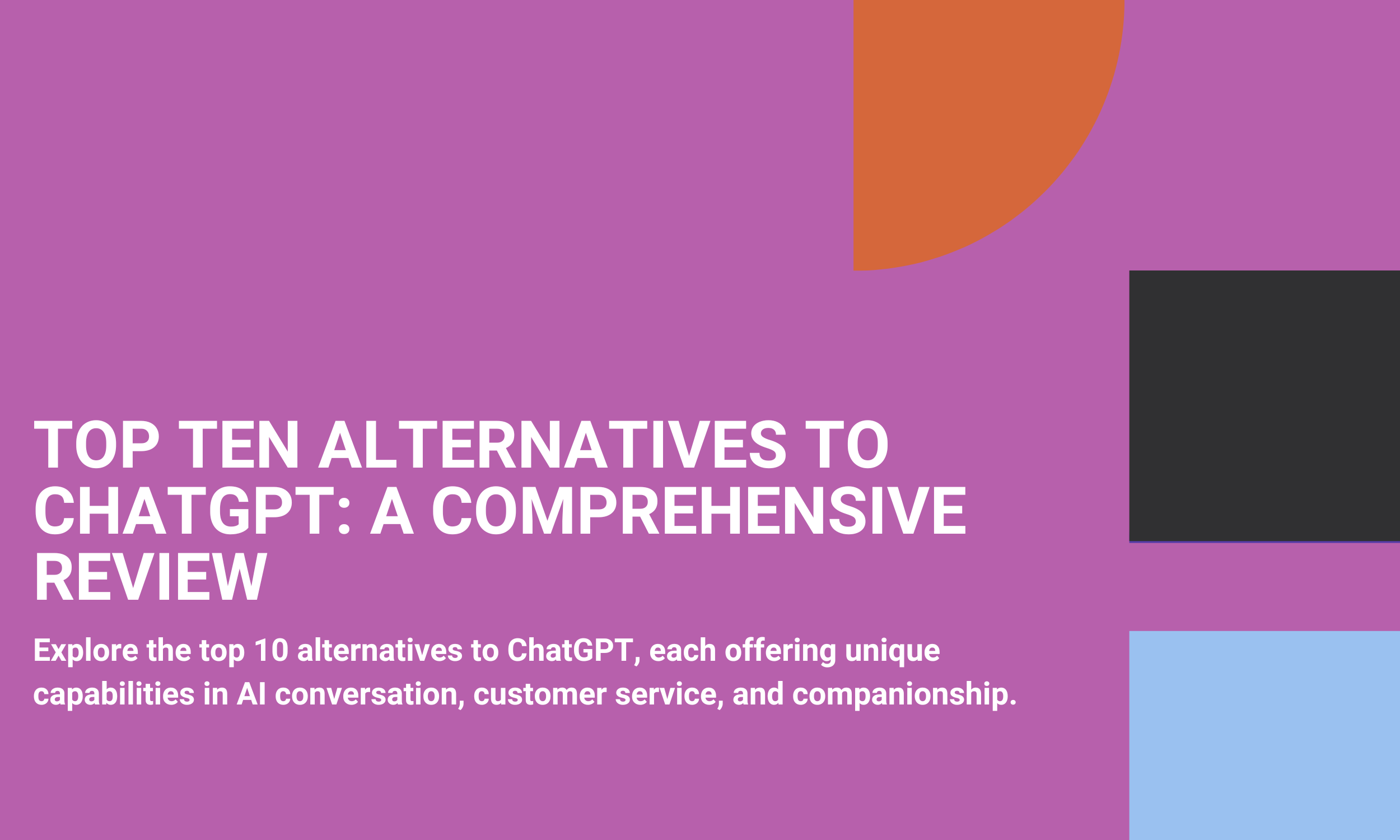
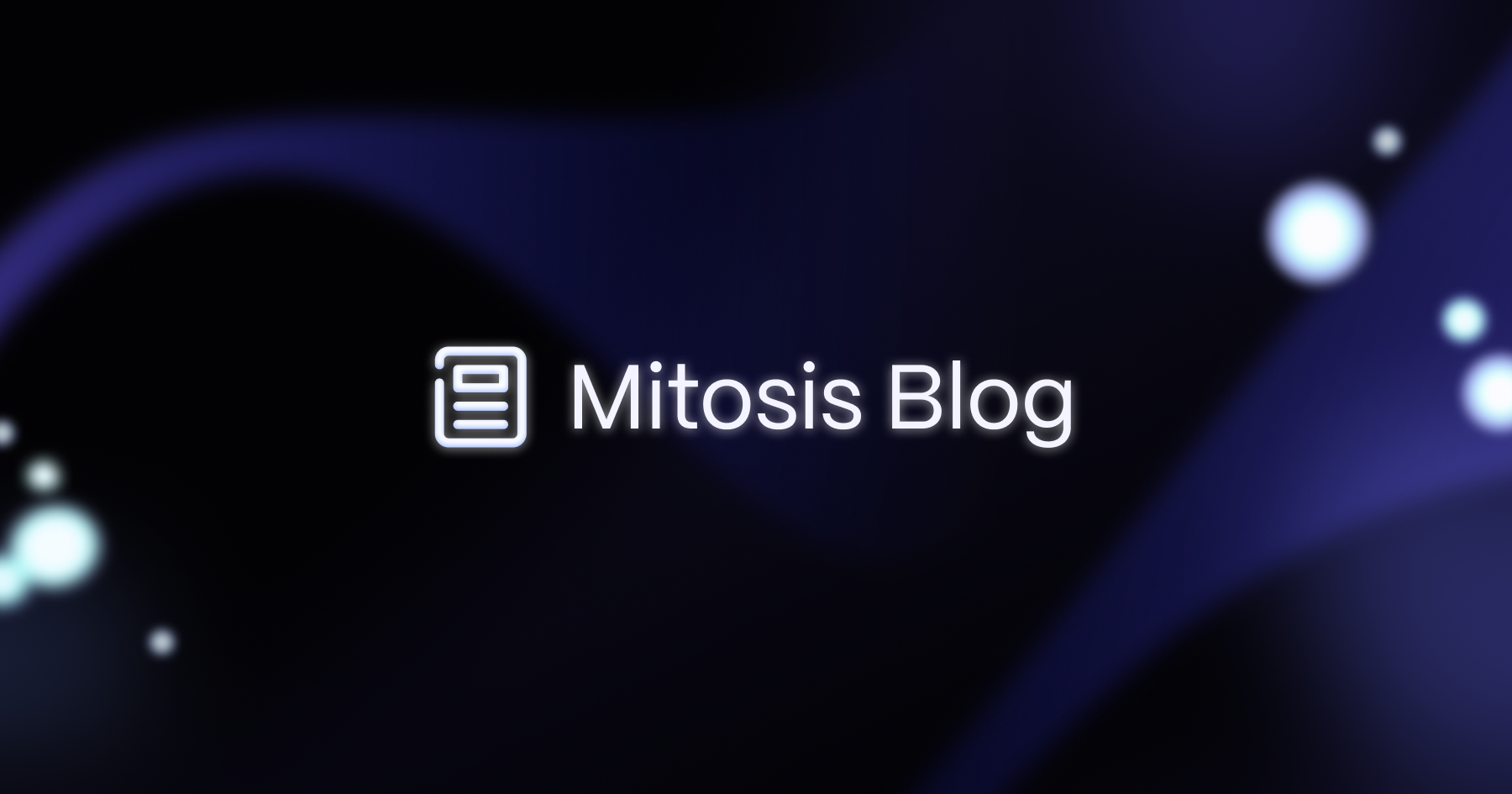
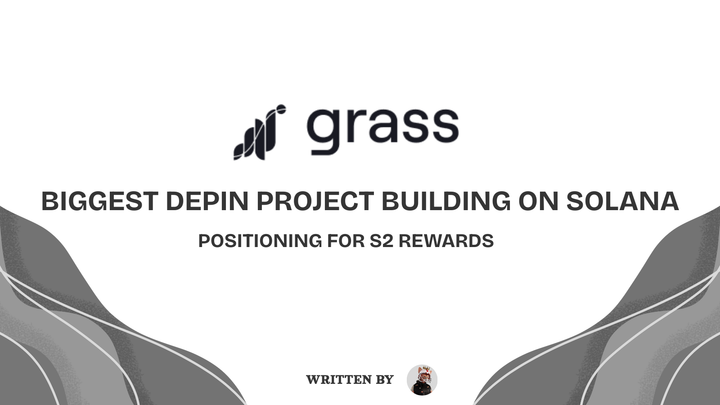





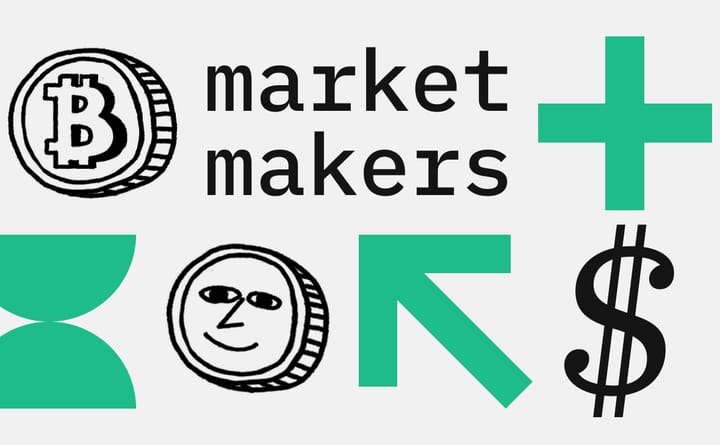
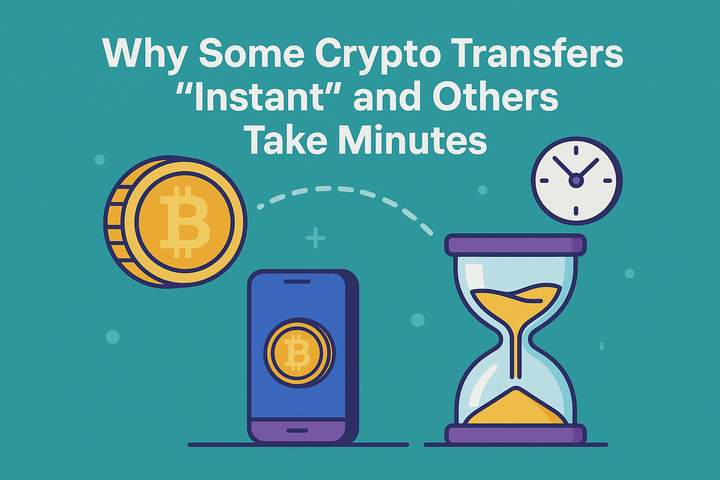
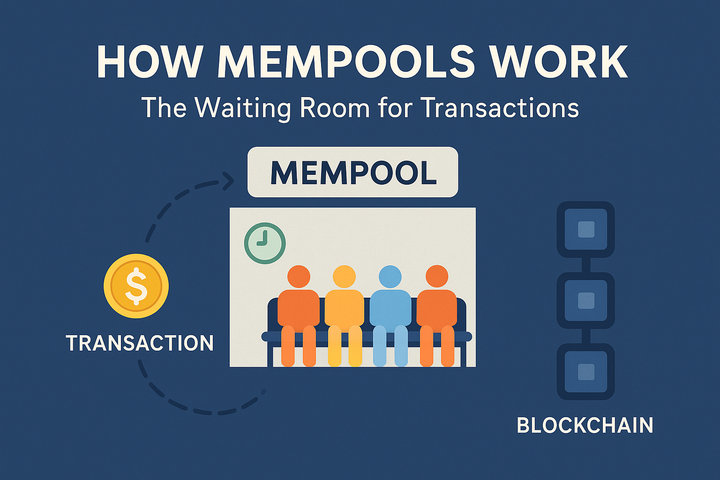
Comments ()